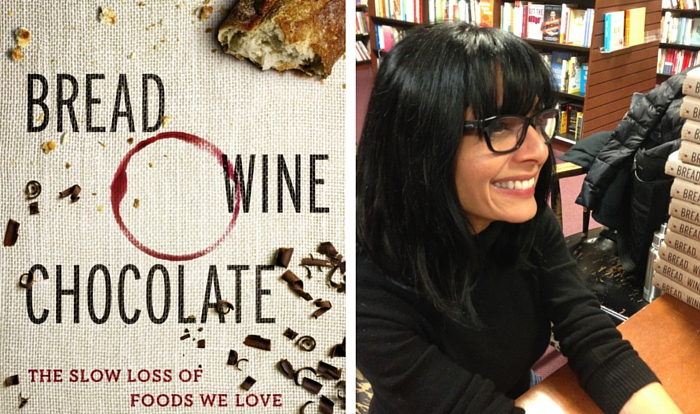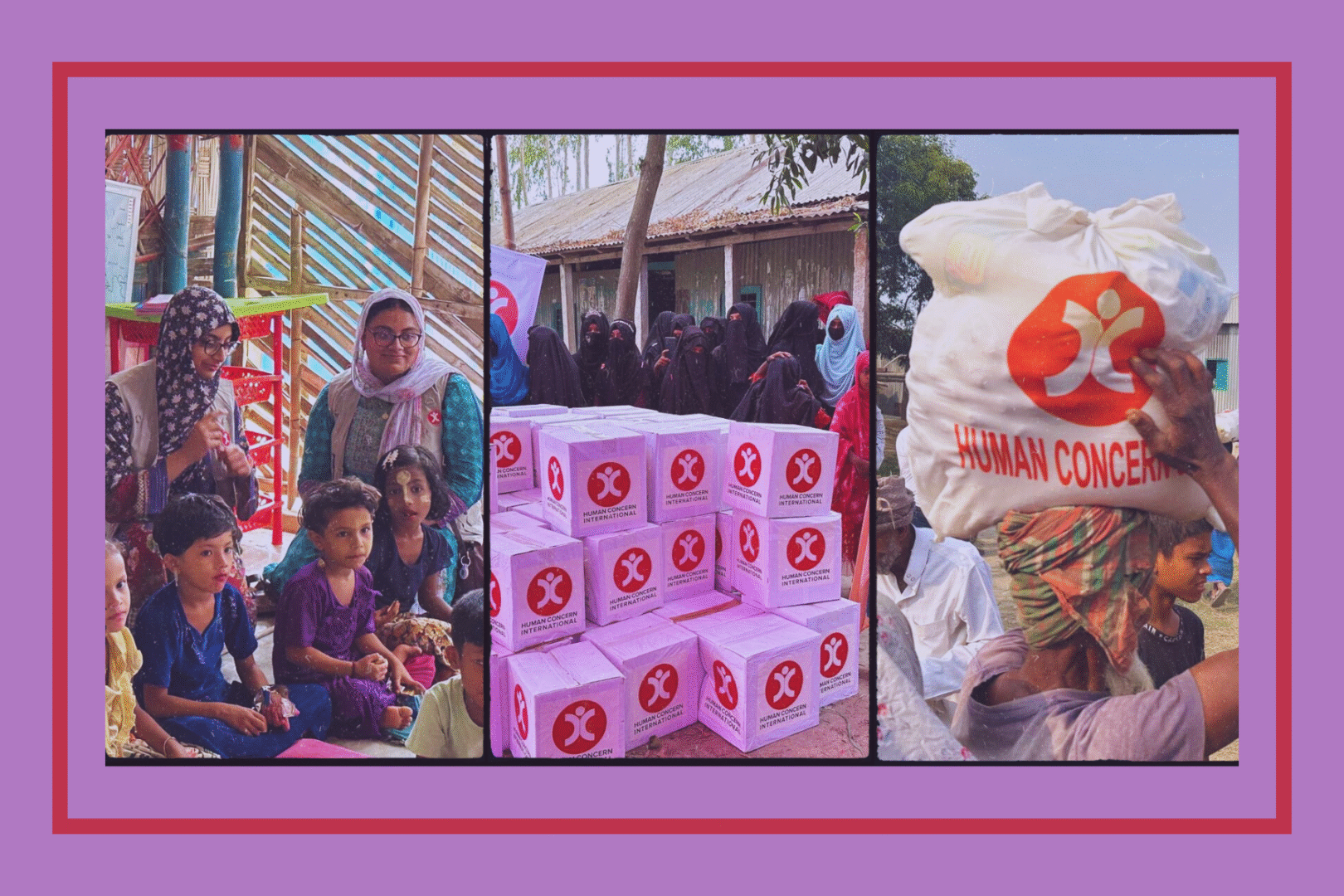
This post was originally published on our partner website India.com.
The bitter-sweet taste of fine chocolate, the flirty scent of aged wine, or the heavenly texture of warm bread from a hot oven can evoke strong emotions and awaken dormant memories. However, the foods that people turn to for comfort and sustenance may not always be available. In the book “Bread, Wine, Chocolate: The Slow Loss of Foods We Love,” author Simran Sethi implores her readers to understand the locales that these beloved commodities come from.
She demonstrates how an adventurous spirit and a curious palate can combat the marching onslaught of a bland global diet.
[Purchase a copy of the book here.]
Agricultural Biodiversity
Sethi explains how standardization of the food market is a double-edged sword: It offers increased efficiency, at the expense of variety and uniqueness.
The term agricultural biodiversity is defined as the variance of life—both animal and plant—in relation to food and agriculture. It’s a shocking and sobering fact that the majority of what is consumed originates from only a small handful of sources, the implications of this are obvious. By seeking and encouraging variety within the food industry, Sethi aims to help protect against the catastrophe of depleting one or the few sources of their resources.
The World of Wine
Sethi successfully shows how going off the beaten path to support local vineyards or ordering the next bottle from a tiny brewery can be a delightful journey.
Wine tasting is often thought of as a pretentious past-time—it shouldn’t be. Everyone who has ever taken a sip and formed an opinion is part of the club. Of course, the most knowledgeable that one is on any given subject, the more fruitful that subject becomes. Sethi provides the reader with a solid foundation for increased pleasure.
Included in the book is a useful aroma wheel that teaches easy terms used for expressing the different tastes encountered. There’s no need to be intimidated since Sethi explains there’s no right or wrong way. Just like the seasonal process that makes every bottle unique, each person can have a special relationship with his or her wine.
Chocolate for the Soul
For something that is loved by so many, it is surprising that the general public knows so little about how chocolate is created.
Sethi teaches how it comes from the processed seed found inside of a colorful (green, yellow, orange or red), forearm sized pod. The hard, oblong seed case is harvested from a cacao tree, which is native to only a few regions. There might be anywhere from twenty to one hundred purple seeds in each fruit. These ‘beans’ are extracted, dried and then shipped to manufacturing plants in other countries, where further refining into a usable form takes place.
The author mesmerizing narrative about chocolate serves as a good illustration of how a few breaks in the system could limit, or even stop, production and distribution.
Increasingly, this frailty pertains to most industries—including wheat, hops, and coffee, all of which are examined in depth within the book. Each section contains a fair mix of science and storytelling, allowing the reader to be educated and entertained.
Providing for the Future
Saving the world or protecting the environment needn’t be based upon altruistic purposes, as Sethi shows. Sometimes a bit of self-indulgence, such as a delicious bite of chocolate, is enough of a catalyst to induce change.
One of the recursive themes of Sethi’s book is that being able (and willing) to step outside of a learned comfort zone is a great way to reap unimaginable rewards. She points out that there might be a risk of eating or drinking something truly awful, but there’s even a greater chance of finding a new favorite flavor. Desiring to taste and try new things today is paramount to ensuring agricultural biodiversity tomorrow.
Spend some time with “Bread, Wine, Chocolate: The Slow Loss of Foods We Love” to see how food and culture are intricately entwined, relying on each other for existence.
 Soni Satpathy-Singh is a recipe writer and developer who resides in Manhattan. She is either always cooking or eating be it for work or simply because she love to! She is working on her own cookbook and also recently created “Sketchy Desi” which provides daily humor, greeting cards, and apparel that celebrate brown culture. To see more of Sketchy Desi’s work, visit SketchyDesi.com or stay tuned to upcoming posts on Brown Girl Magazine.
Soni Satpathy-Singh is a recipe writer and developer who resides in Manhattan. She is either always cooking or eating be it for work or simply because she love to! She is working on her own cookbook and also recently created “Sketchy Desi” which provides daily humor, greeting cards, and apparel that celebrate brown culture. To see more of Sketchy Desi’s work, visit SketchyDesi.com or stay tuned to upcoming posts on Brown Girl Magazine.




